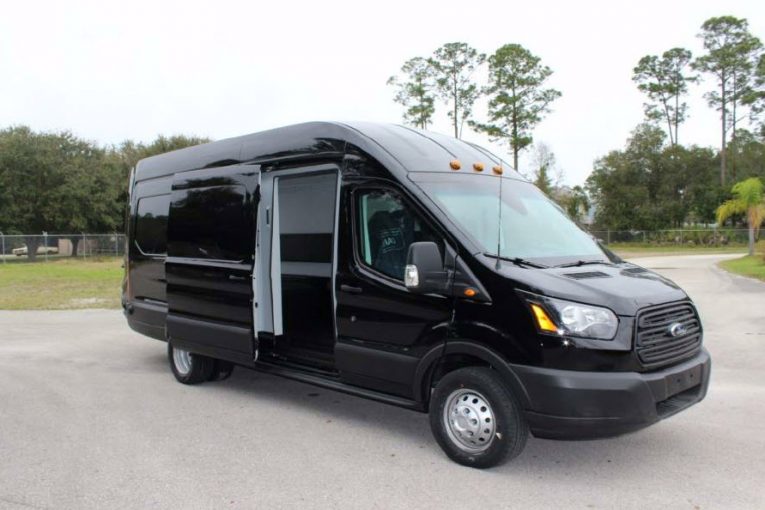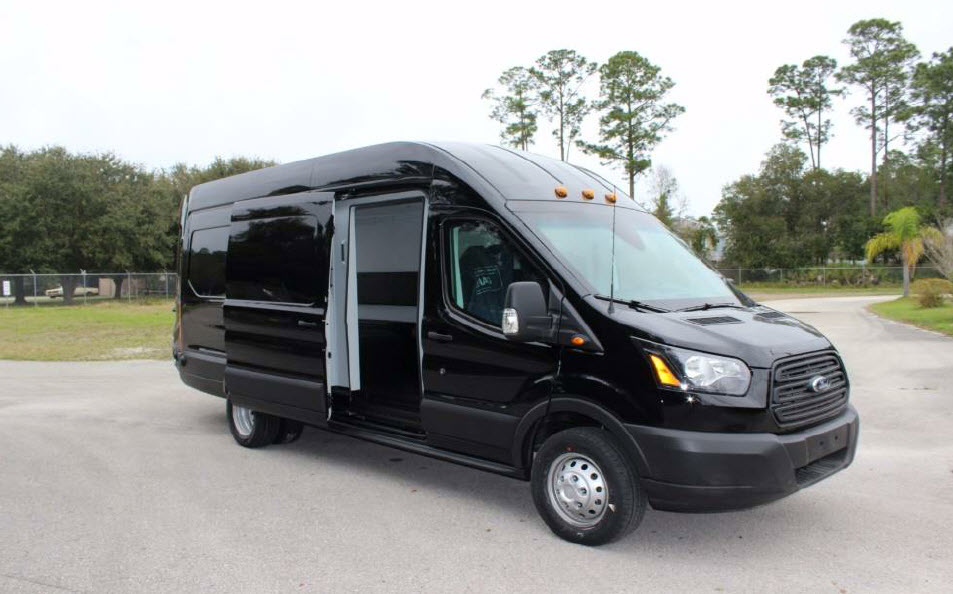

In 2014, then-Assistant Chief Darren Pytel knew that the community would not buy into the MRAP (Mine-Resistant Ambush Protected vehicle). He explained at public meetings that he became convinced the Davis Police Department needed one in cases of hostage and active shooting situations, in order to get police officers deployed safely and close to the scene of the crime.
However, in the aftermath of Ferguson, the community pushed back and the Davis City Council, on a 3-2 vote, voted to return the vehicle. Discussion at that time focused on the idea that purchasing an armored vehicle for civilian use would be more acceptable to the community. However, at that time the cost was prohibitive.
Staff points out: “Although the need for an ARV has not waned, staff hasn’t returned until now because there have been other budgetary priorities. Since that time, the cost of the vehicle has decreased and there has been a change in vehicle design that adds further utility.”
There is no doubt that one of the problems with the original MRAP is that the vehicle itself looked like something that would go down the streets of Baghdad rather than Davis.
That problem is solved, as Chief Pytel points out, as this ARV (Armored Rescue, or Recovery, Vehicle) “looks like many vehicles commonly used by parcel delivery companies. The same style van, lacking armor, is seen all around Davis on a daily basis.”
Fair enough. If the only concern were about appearance and cost, this proposal solves both.
In 2014, then-Assistant Chief Pytel had an interesting public discussion where he talked about the philosophy of the Davis Police Department and how they attempt to avoid dynamic entries that are dangerous and prone to error and loss of life.
But that’s not the full story here. YONET (Yolo Narcotic Enforcement Team) for several years has been under the command of the Davis Police Department – and they do make dynamic entries across the county. We have a new story today on Paul Fullerton. Paul Fullerton in February 2016 was raided by at least 23 police officers. Involved in the raid: Ryan Bellamy, Justin Raymond and Trevor Edens (interestingly enough, all  gone from the Davis Police Department – but they made a dynamic entry and smashed in the door to his home).
gone from the Davis Police Department – but they made a dynamic entry and smashed in the door to his home).
They found a few grams of marijuana and some legal weapons.
For years there have been complaints about YONET and the tactics of the agents under the command of Davis Police lieutenants and it is far from clear that the Davis Police Department exercised much in the way of institutional control here.
But forget about that part of Davis PD that seems to get overlooked by this community and city management. Let’s get back to the main point of contention from Chief Pytel.
Chief Pytel acknowledges: “It is unfortunate that some of the equipment necessary to meet that obligation carries labels that sound like military equipment, such as an ‘armored vehicle.’ With that being said, having the equipment does not mean that the Davis Police Department is going to take any posture differently than we have before.”
The Chief argues, “The ballistic protection offered by an ARV makes it the perfect platform to perform rescues of victims and potential victims during active-shooter incidents, and to more safely deliver officers into an active-shooter incidents, barricaded hostage crises, and/or other environments involving armed offenders.”
He adds, “Without this or a similar vehicle, the Davis Police Department is unable to respond into an active live-fire situation to either perform extraction, rescue, or threat elimination without exposing officers and any involved persons to extreme risk.”
But Chief Pytel has been arguing that we need this vehicle or one like it for the last five years. He may be right, but the question that we should ask is what evidence is there that (A) these vehicles make us safer, and (B) that we need one in Davis.
In addition, while Chief Pytel points out “on numerous occasions the Department has successfully handled protests, demonstrations and other such similar events without using the armored vehicles. Some of these events were both riotous and volatile, yet never did the Department contemplate the need to deploy an armored vehicle.”
But he’s been silent on YONET and the tactics of YONET officers under Davis Police command for years now.
Are we to take Chief Pytel’s word for this? Or should the council have an independent consultant evaluate both the safety issues and the need?
One thing that surprised me is how little data there is to back up the chief’s claims about the need for armored vehicles in everyday policing. Police websites point to anecdotal instances that they say proves that armored vehicles have kept them safe, but there seems to be little in the way of data to back up this claim.
In 2015, a Reuters article quoted Rich Roberts, spokesman for the International Union of Police Associations.
“He cited the recent brawl between rival motorcycle gangs in Waco, Texas, in which nine bikers were fatally shot and 150 arrested as evidence of the need for the heavy-duty equipment. No police officers were reported injured in that incident.”
In a 2015 article, PoliceOne writes, 13 times BearCats saved lives.
But not everyone agrees.
“It’s all an illusion,” said Jim Fisher, a former professor of criminal justice at Edinboro University and author of a book on SWAT teams in a 2011 NBC News report. “The fact your police department just bought an armored vehicle does not make you safer. It’s going to make you poorer, because your taxes will go up to pay for training and maintenance.”
We found a 2018 study from the National Academy of Sciences. They look more broadly than just at vehicles.
“Advocates claim militarized policing protects officers and deters violent crime, while critics allege these tactics are targeted at racial minorities and erode trust in law enforcement,” writes Jonathan Mummolo from Princeton.
He concludes that “militarized police units are more often deployed in communities with large shares of African American residents, even after controlling for local crime rates. Further, using nationwide panel data on local police militarization, I demonstrate that militarized policing fails to enhance officer safety or reduce local crime.”
It seems like the city needs to address three key questions. First, there was not much discussion of YONET and their tactics back in 2014 – but that would be a big concern in light of the Fullerton raid. Second, we should have an outside analyst determine whether this is a need, and third, determine whether this really creates a safer situation.
—-David M. Greenwald reporting







VG…
I recommend copying Phil Coleman’s post (this morning) on yesterday’s thread, to this thread. I believe it equally applies, is informative, thought provoking… and comes from a SME (subject matter expert)…
Just a suggestion…
Perhaps a link to that thread? Or subject line to search for? Anything that could help folks like me to don’t read Vanguard every moment? It would be appreciated.
Sure…
Yesterday, the article…
“Monday Morning Thoughts: DPD Tries Again on Armored Rescue Vehicle”
Phil’s contribution was today (Sept 24), @ 6:48 A…
I found it insightful, and I respect Phil as a SME.
John H confirmed the physicality issue of using vehicles for cover, using the recent example of Ofcr Tara O’Sullivan in Sacratomato, shortly thereafter… in tandem, they are good ‘food for thought’…
And, rational…
Thank you!
I want to know what were the most recent things that DPD said they just couldn’t do because of budget limitations and how many of those would be possible with $150,000?
Yes, Wayne, opportunity costs. The sticker price of $138,000 plus training budget for three, four officers? It’s $200,000 in the first year with a new demand on police resources of something like $50,000/year to keep everyone sharp on using it. What, indeed, could be done with the “extra” money we as a community would have to come up with to get this shiny new toy? I like our police chief as a person from what I’ve seen in public, but he’s not making sense with this.
Exaggerate much?